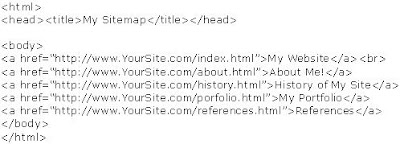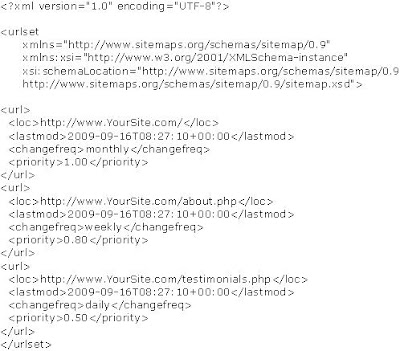Search Engine Optimization
Author: Karen Michelle Gatdula
So now you have your corporate blog. You spent a lot of money for professional marketers to choose the right words and captions and the most appealing tag lines for your product, for copywriters to check if there are grammatical errors and enhance the content of your campaign and for web designers to create the most attractive design ever made since the dawned of the Internet fad.
You're all set now, or not.
You are very excited you want to see what your blog looks like but you accidentally (accidents happen everyday and this is a worst case scenario) forgot the url of your blog so you googled the generic and blasted – you never find your blog. Well, it's not that the blog doesn't exist but there are millions and I mean MILLIONS of blogs being born everyday just like the one that you spawned. But no need to dilate those eyes and calm down a little bit because the solution to your problem is just as easy as 1, 2, 3.
SEO or Search Engine Optimization can do the most amazing thing in the Internet today. They can make your website hit the top 1 spot on Google, Yahoo, MSN or whatever search engine you desire. This is being done by professional SEO Webmasters in which several Offshoring companies has the most talented and experienced people in the whole wide world to do the trick for you. Addendum to that, a Philippines outsourcing company like iStaff.ph. offers the lowest labor cost of link builders and SEO specialists you could get from anywhere in the planet.
Author: Karen Michelle Gatdula
So now you have your corporate blog. You spent a lot of money for professional marketers to choose the right words and captions and the most appealing tag lines for your product, for copywriters to check if there are grammatical errors and enhance the content of your campaign and for web designers to create the most attractive design ever made since the dawned of the Internet fad.
You're all set now, or not.
You are very excited you want to see what your blog looks like but you accidentally (accidents happen everyday and this is a worst case scenario) forgot the url of your blog so you googled the generic and blasted – you never find your blog. Well, it's not that the blog doesn't exist but there are millions and I mean MILLIONS of blogs being born everyday just like the one that you spawned. But no need to dilate those eyes and calm down a little bit because the solution to your problem is just as easy as 1, 2, 3.
SEO or Search Engine Optimization can do the most amazing thing in the Internet today. They can make your website hit the top 1 spot on Google, Yahoo, MSN or whatever search engine you desire. This is being done by professional SEO Webmasters in which several Offshoring companies has the most talented and experienced people in the whole wide world to do the trick for you. Addendum to that, a Philippines outsourcing company like iStaff.ph. offers the lowest labor cost of link builders and SEO specialists you could get from anywhere in the planet.














